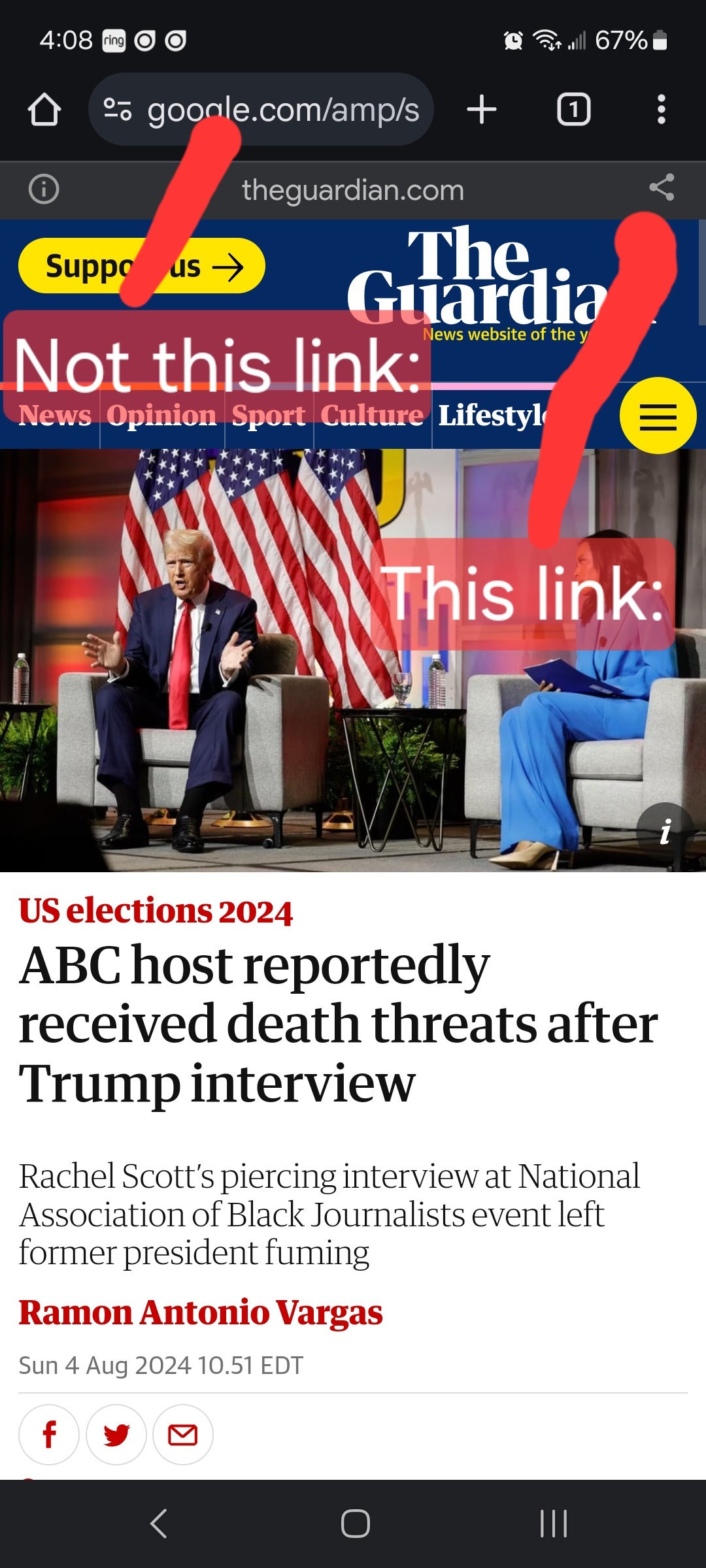When Donald Trump pulled back on his plan to impose eye-watering tariffs on trading partners across the world, there was one key exception: China.
While the rest of the world would be given a 90-day reprieve on additional duties beyond the new 10% tariffs on all U.S. trade partners, China would feel the squeeze even more. On April 9, 2025, Trump raised the tariff on Chinese goods to 125%.
The move, in Trump’s telling, was prompted by Beijing’s “lack of respect for global markets.” But the U.S. president may well have been smarting from Beijing’s apparent willingness to confront U.S. tariffs head on.
While many countries opted not to retaliate against Trump’s now-delayed reciprocal tariff hikes, instead favoring negotiation and dialogue, Beijing took a different tack. It responded with swift and firm countermeasures. On April 11, China dismissed Trump’s moves as a “joke” and raised its own tariff against the U.S. to 125%.
The two economies are now locked in an all-out, high-intensity trade standoff. And China is showing no signs of backing down.
And as an expert on U.S.-China relations, I wouldn’t expect China to. Unlike the first U.S.-China trade war during Trump’s initial term, when Beijing eagerly sought to negotiate with the U.S., China now holds far more leverage.
Indeed, Beijing believes it can inflict at least as much damage on the U.S. as vice versa, while at the same time expanding its global position.
